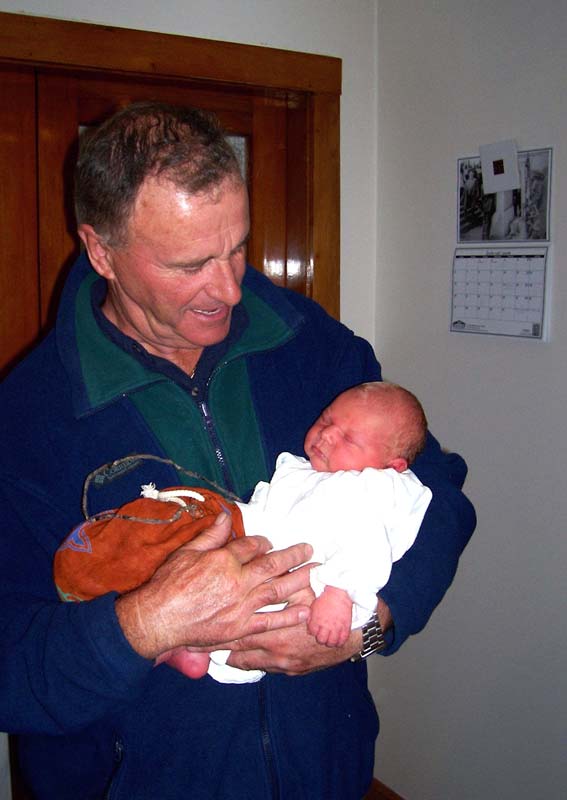
Some parents choose not to sever the umbilical cord and placenta from their baby after birth, preferring to let it fall off naturally. This practice is called lotus birth or umbilical non-severance. The theory is that the baby and its placenta are created from the same cells so should stay together until the baby is ready to let go of this part of itself. The practice also supports delayed cord clamping/severance, which ensures that the baby receives its full quota of blood and oxygen. This new baby still has his placenta attached. The placenta is sprinkled with sea salt and herbs, wrapped in a nappy and stored in a special cloth bag made by his mother.
Te whakamahi i tēnei tūemi
Canterbury Homebirth Association
This item has been provided for private study purposes (such as school projects, family and local history research) and any published reproduction (print or electronic) may infringe copyright law. It is the responsibility of the user of any material to obtain clearance from the copyright holder.





Tāpiritia te tākupu hou